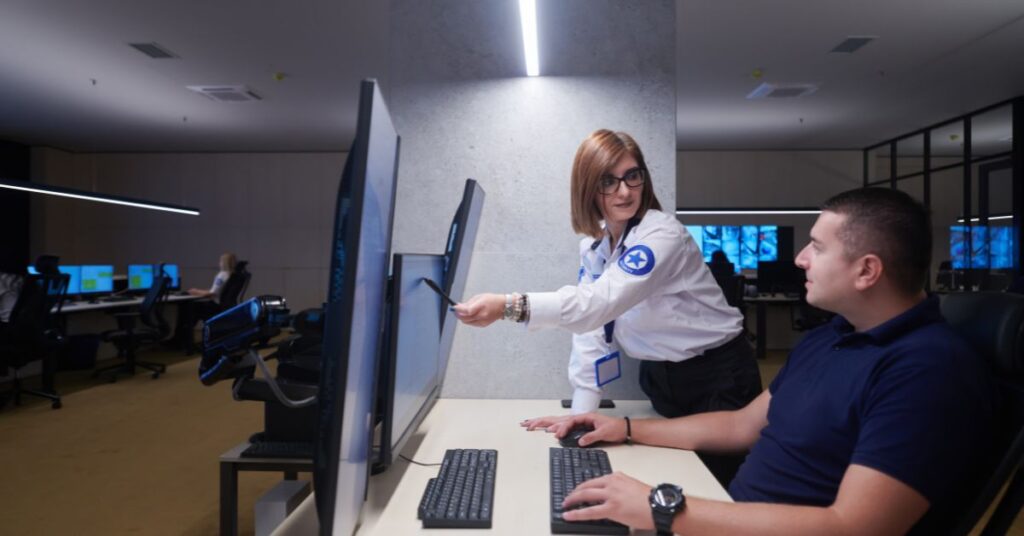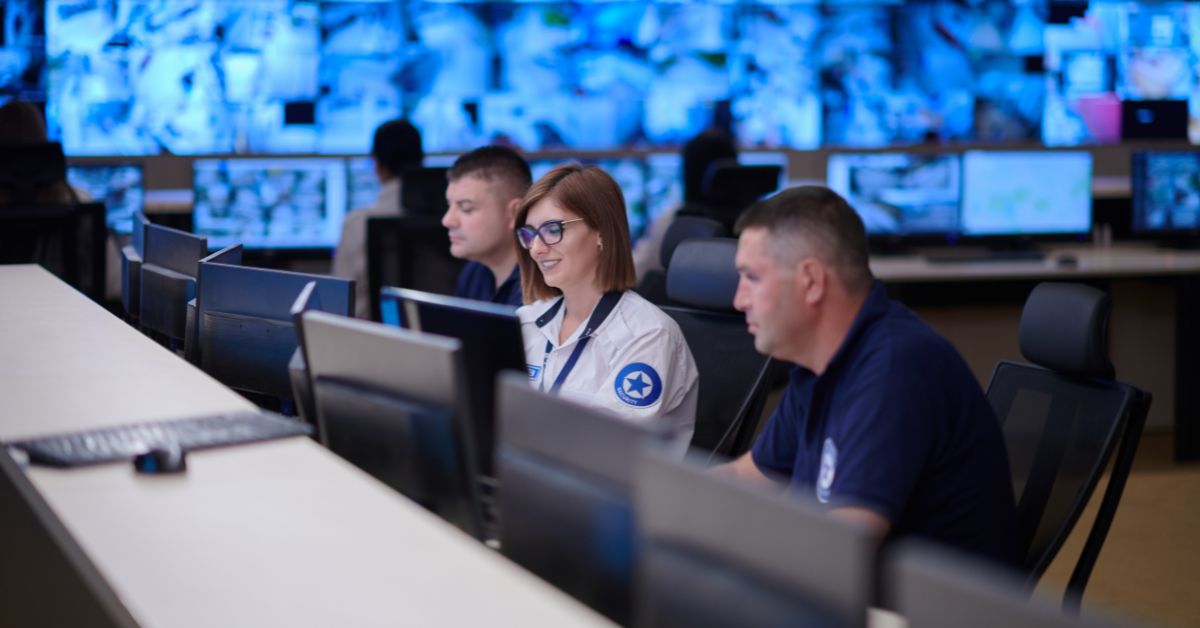Operating System Forensics: Uncovering Digital Evidence and Investigating Cybercrimes
In today’s digital age, cybercrimes are becoming increasingly sophisticated and challenging to address. As a result, digital forensics has evolved into a critical field for investigating and mitigating these threats. One key aspect of digital forensics is operating system (OS) forensics, which focuses on analyzing the data stored within a computer’s operating system to uncover digital evidence and determine the nature of a cybercrime. In this guest post, we’ll delve into the world of operating system forensics, exploring its importance, methodologies, and tools used by experts in the field.
Understanding the Importance of Operating System Forensics
Operating system forensics plays a crucial role in the investigation of cybercrimes, as it provides valuable insights into the activities that have occurred on a specific computer or device. By analyzing the data stored within an operating system, forensic investigators can identify potential evidence of unauthorized access, data theft, malware infections, or other malicious activities. This information can help organizations determine the scope and impact of a cyber incident, as well as provide critical evidence for legal proceedings. Additionally, the insights gained through operating system forensics can help organizations improve their security measures and mitigate future risks.
Key Concepts in Operating System Forensics

To better understand operating system forensics, it’s essential to familiarize yourself with the following key concepts:
File Systems: The structure used by an operating system to organize and manage files on a storage device, such as a hard drive, SSD, or USB drive. Common file systems include NTFS (Windows), HFS+ (macOS), and ext4 (Linux). Understanding how file systems work is essential for forensic investigators, as it enables them to locate and analyze digital evidence stored within the operating system.
Log Files: Records generated by an operating system or application that document events, errors, or other activities. Log files can provide valuable information during a forensic investigation, such as timestamps, user actions, and system events. Examples of log files include Windows Event Logs, macOS System Logs, and Linux syslog files.
Registry (Windows): A central database in the Windows operating system that stores configuration settings, user preferences, and information about installed hardware and software. The Windows Registry can be a treasure trove of evidence for forensic investigators, as it contains details about user accounts, installed applications, network connections, and more.
Metadata: Information that describes the properties of a file, such as its creation date, modification date, author, and file size. Metadata can provide crucial context during a forensic investigation, helping investigators determine the origin, purpose, and authenticity of a file.
Digital Artifacts: Pieces of information that can be extracted from an operating system, such as deleted files, browsing history, or system configuration data. These artifacts can serve as valuable evidence during a forensic investigation, revealing the actions of a user, the state of the system, or possible indicators of compromise (IOCs).
Operating System Forensic Methodologies

Operating system forensic investigations typically follow a structured methodology to ensure a comprehensive and systematic examination of the evidence. Here’s an overview of the key steps involved in an operating system forensic investigation:
Preparation: Before starting the investigation, it’s essential to define the scope, objectives, and potential legal implications of the case. The preparation phase also includes assessing the technical environment, securing access to the target device, and establishing a secure workspace for the investigation. This may involve working with IT personnel to obtain necessary permissions, ensuring the proper preservation of evidence, and setting up a dedicated system for analysis.
Data Acquisition: The next step is to collect all relevant data from the target device’s operating system, including files, log files, registry data (for Windows), and digital artifacts. It’s important to use forensically sound techniques to preserve the integrity of the evidence and maintain a clear chain of custody. Data acquisition methods may include creating a bit-for-bit image of the storage device, capturing volatile memory (RAM), or exporting specific data sets, such as log files or registry keys.
Data Analysis: Once the data has been acquired, investigators will analyze it using various techniques and tools. This may involve examining file systems to locate deleted files, hidden partitions, or other signs of tampering; analyzing log files to identify user actions, system events, or potential IOCs; and investigating registry data (for Windows) to uncover information about user accounts, installed applications, or network connections. Data analysis can help uncover hidden evidence, such as malware infections, unauthorized access, or data theft. Additionally, investigators may use advanced search and filtering techniques to identify patterns of behavior, correlations between events, or other relevant findings.
Reporting: After the analysis is complete, the findings are documented in a detailed report. This report may be used to support legal proceedings, inform remediation efforts, or guide future security improvements. A well-structured report should include an executive summary, a description of the incident, a timeline of events, the investigative methodology, findings, recommendations, and any relevant supporting documentation. The report should also address any limitations or uncertainties in the analysis and provide a clear rationale for the conclusions drawn.
Tools Used in Operating System Forensics
Several specialized tools can assist in operating system forensic investigations. Some of these tools include:
Disk Imaging Tools: These tools help investigators create a forensically sound copy of a storage device, preserving the integrity of the evidence and allowing for in-depth analysis. Examples of disk imaging tools include FTK Imager, EnCase Forensic Imager, and dd (Linux).

File System Analysis Tools: File system analysis tools enable investigators to examine the structure and contents of a file system, locate deleted files, and recover hidden or lost data. Some popular file system analysis tools include Autopsy, X-Ways Forensics, and EnCase.
Log File Analysis Tools: Log file analysis tools assist in extracting and analyzing information from log files, such as user actions, system events, and potential IOCs. Examples of log file analysis tools include Log Parser (Windows), Loggly (macOS), and Graylog (Linux).
Registry Analysis Tools (Windows): Registry analysis tools help investigators navigate and analyze the Windows Registry, uncovering valuable evidence about user accounts, installed applications, and system configuration. Some well-known registry analysis tools include Registry Recon, RegistryViewer, and RegRipper.
Metadata Extraction Tools: Metadata extraction tools enable investigators to extract and analyze metadata from various file types, providing crucial context and insights into the origin, purpose, and authenticity of a file. Examples of metadata extraction tools include ExifTool, Metadata Assistant, and FTK (Forensic Toolkit).
Conclusion
Operating system forensics is a critical aspect of investigating cybercrimes, providing valuable insights into the activities that have occurred on a specific computer or device. By understanding the key concepts, methodologies, and tools used in the field, organizations can better prepare for and respond to cyber threats. In some cases, partnering with a professional digital computer forensics company, like Digital Computer Forensics Miami, can provide the expertise and resources needed to conduct efficient and thorough investigations, helping to mitigate legal and financial risks while improving overall security posture.










